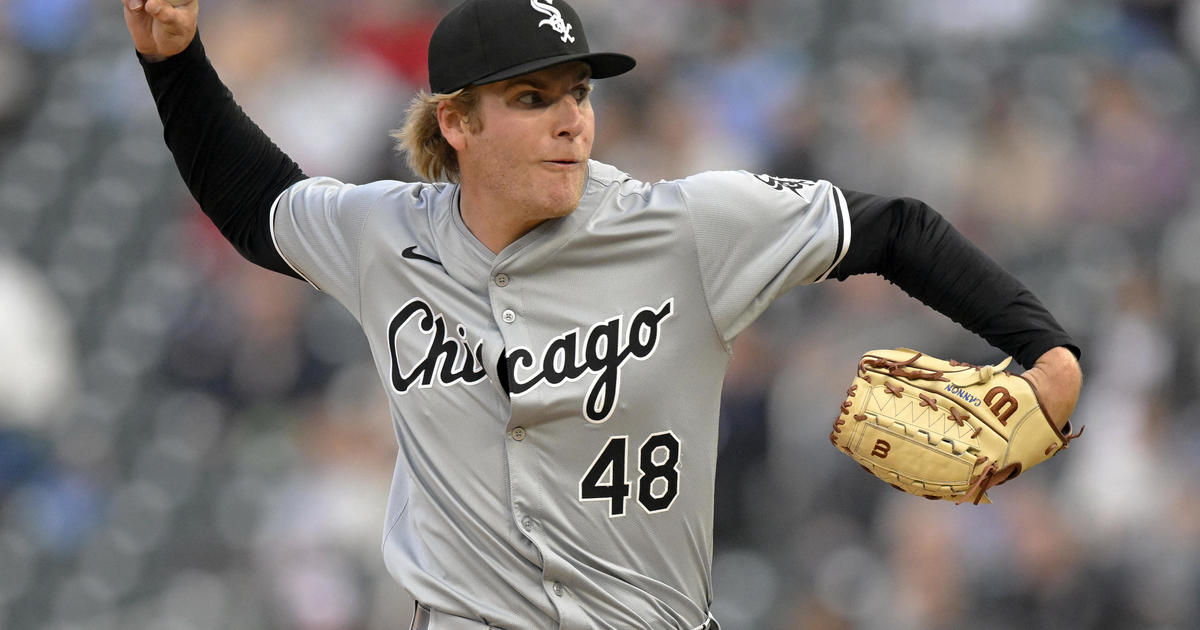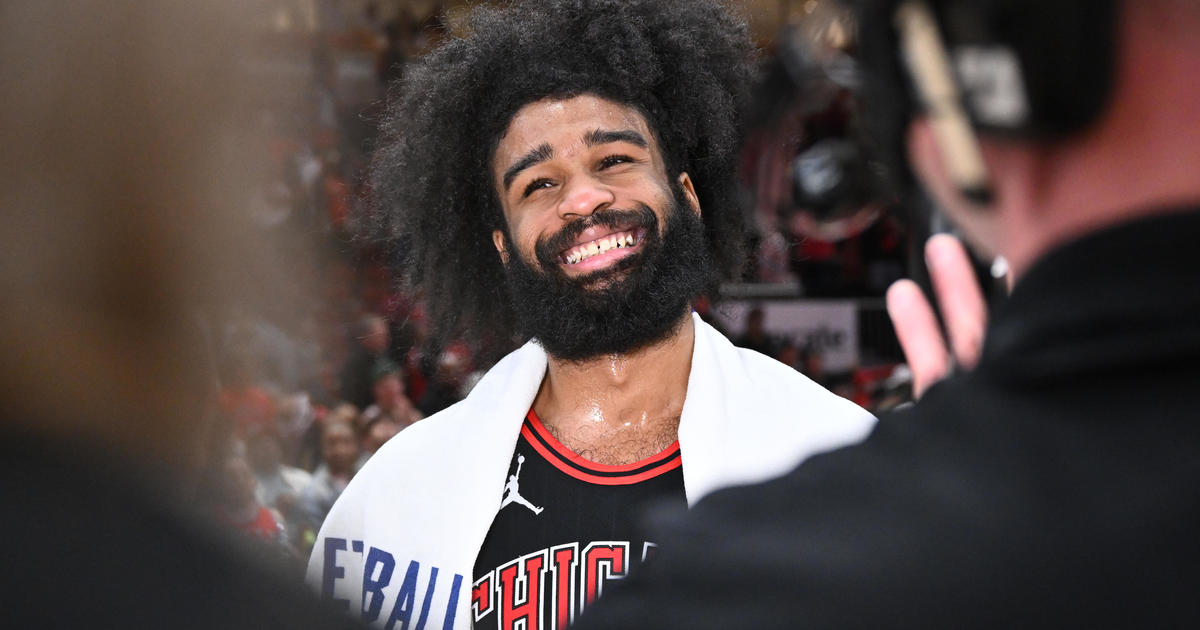Bernstein: NFL Coaches Have More To Consider
By Dan Bernstein--
CBSChicago.com senior columnist
(CBS) Reliable kickers just got more valuable, quarterback tweeners may be more likely to make rosters and now some purported football geniuses have tougher decisions to make.
NFL extra points were converted at a 99.3 percent clip last year, with teams making 1,222 of 1,230 to put all kinds of "fun" in "perfunctory." Only 56 times did teams try for two points, finding success 48.2 percent of the time.
All of the risk calculation changed as of Tuesday, when NFL owners voted overwhelmingly to adopt a proposal that moves the PAT back from the 2-yard line to the 15 and allows the defense to score two points by returning a blocked kick, fumble or interception.
Recent data for 32-yard field goal attempts suggest success around a 94 percent success rate, but that five percentage point differential could eventually prove significant enough to change some well-established behaviors following touchdowns, especially when considering late-season outdoor field conditions.
Ever since Cleveland's Tom Tupa ran in the first NFL two-pointer in the first week of the 1994 season, NFL coaches have relied on a chart that was originally established by Dick Vermeil when he was a UCLA assistant 40 years ago. Every sideline has it on a card if it's not memorized, with its simple logic of which option to choose laid out in "lead by X/trail by X" fashion.
But by even so slightly diminishing the effective certainty of the kick, the NFL just blew up that chart.
Good.
Until there are multiple seasons in the books and enough of a data set to create a new standard of conventional wisdom, the coaches are on their own in assessing the relative costs and rewards in a given situation, now required to take on appropriate responsibility and unable to explain away a decision by invoking what was previously accepted.
You can bet that bookmakers have been trying to get out ahead of this ever since the idea was introduced, calculating the potential effects of the change on their business as it relates to individual teams and the league as a whole. And I guarantee you they are well ahead of anybody else in that effort, including NFL teams themselves.
The snapper and the holder matter a little bit more, with less margin for error in the added distance. Wind comes into play fractionally more, as does a slightly lower launch angle that increases the chance of a block. Could we see teams even use a final late timeout before a PAT in a last-ditch attempt to "ice" a kicker as they would before a deciding field goal?
Perhaps someone like Philadelphia coach Chip Kelly can just keep re-inventing the game for us, deciding to use his giant brain to just master the two-pointer with his magical offense. The Eagles can turn Tim Tebow back into a national folk hero and forget about kicking it altogether.
Any traditionalist argument against this change is laughable, because someone claiming to bear that mantle is either lying or not paying attention to a business that tries harder than its counterparts to keep changing. It would be reasonable, in fact, to think that this stops short of what should be done to modernize the NFL and counteract impossibly good place-kicking. But it's a start.
Coaches now have more to do, bearing more consequences for what could be critical calls they have to own. Bring it.
Dan Bernstein is a co-host of 670 The Score's "Boers and Bernstein Show" in afternoon drive. Follow him on Twitter @dan_bernstein and read more of his columns here.



